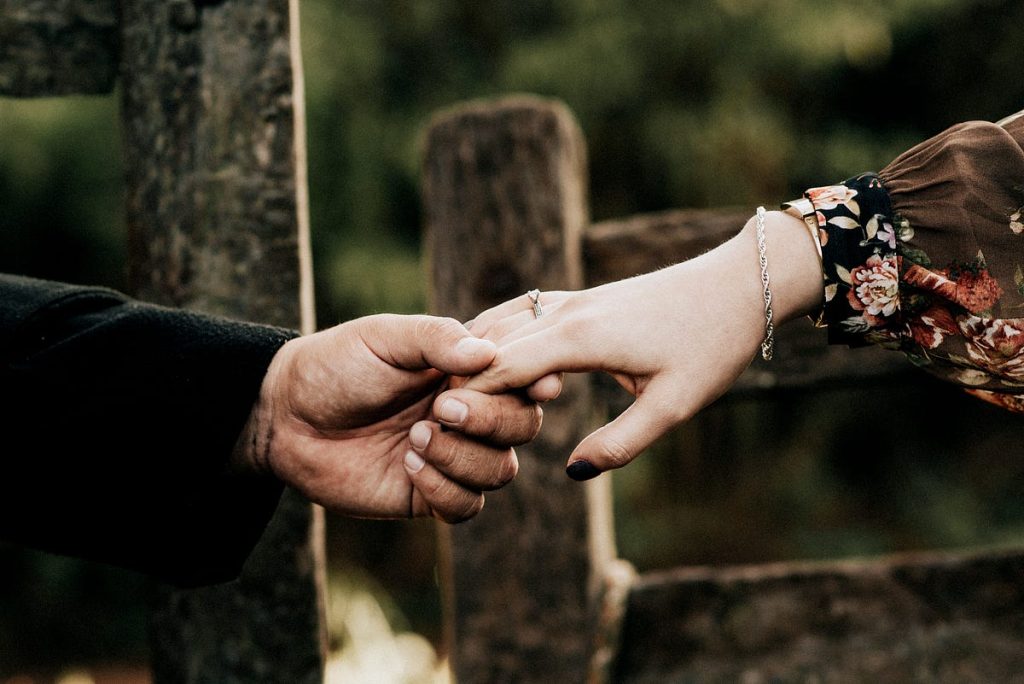The Text She Never Sent—and the Love She Almost Lost
Introduction
We often hear that timing is everything in love. But sometimes, the difference between “almost” and “forever” comes down to one unsent message.
This is a story about silence, fear, and how one woman nearly lost the person who meant everything—because she thought it was too late to say how she really felt.
Chapter 1: The Almost Goodbye
Maya had been staring at her phone for 22 minutes.
The words “I miss you” sat unsent in the message box. She typed them. Deleted them. Typed again.
They hadn’t spoken in two months—not since the night everything fell apart over something so small, it felt stupid in hindsight. But pride is loud, and vulnerability is terrifying.
She kept telling herself: If he wanted to talk, he would have reached out.
But what she really meant was: What if he moved on? What if I’m too much? What if I’m not enough?
So she put the phone down. Again.
Chapter 2: The Story in Her Head
Like many of us, Maya had a story playing on repeat in her mind:
- “If I reach out first, I’ll look desperate.”
- “He probably doesn’t care.”
- “It’s weak to miss someone who hurt me.”
Psychologists call this self-protection through avoidance. We convince ourselves we’re strong for staying silent, but often we’re just afraid of rejection—or intimacy.
Meanwhile, across the city, Leo was staring at the same silence. He had typed “I’m sorry” three times. Deleted it each time.
Chapter 3: The Turning Point
It wasn’t a grand moment that changed everything.
It was Maya’s best friend, scrolling through her phone on the couch, who casually said, “You’re still in love with him, aren’t you?”
Maya didn’t answer. She didn’t need to.
Her friend handed the phone back and said gently, “Say it. Even if you’re scared.”
That night, Maya sent the message.
Not “I miss you.” Not “Let’s get back together.”
Just:
“Hey. I still think about you. A lot.”
Chapter 4: Love After Silence
Leo responded seven minutes later.
He had never stopped thinking about her.
He thought she hated him.
He thought she had moved on.
They met two days later at a small café where they used to go every Sunday. There were tears. Laughter. And words both of them had waited months to say.
No big speeches. No perfect apologies.
Just honesty.
And sometimes, that’s what love really needs.
Conclusion: Say It Before It’s Too Late
This isn’t a fairy tale. Maya and Leo didn’t magically erase their problems. But they learned that love isn’t always about being right, or being strong—it’s about being brave.
Brave enough to speak when it’s easier to stay quiet.
Brave enough to risk vulnerability.
Brave enough to send the message.
Because sometimes, the biggest heartbreak isn’t what someone said.
It’s what they never said at all.







